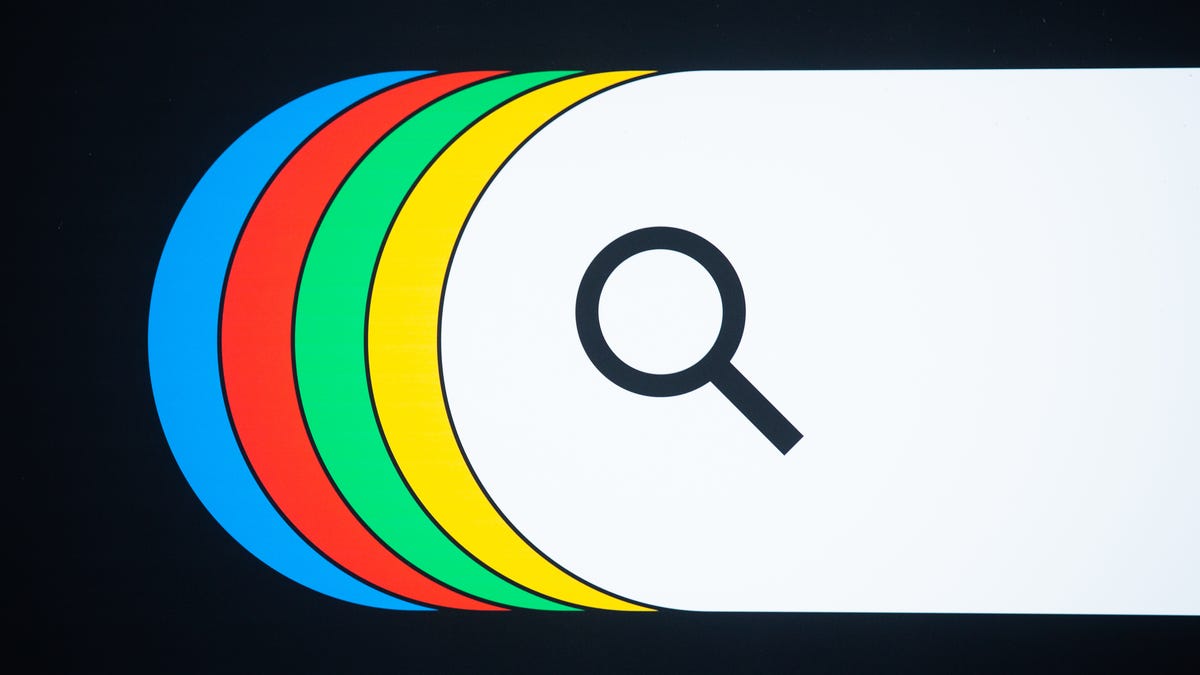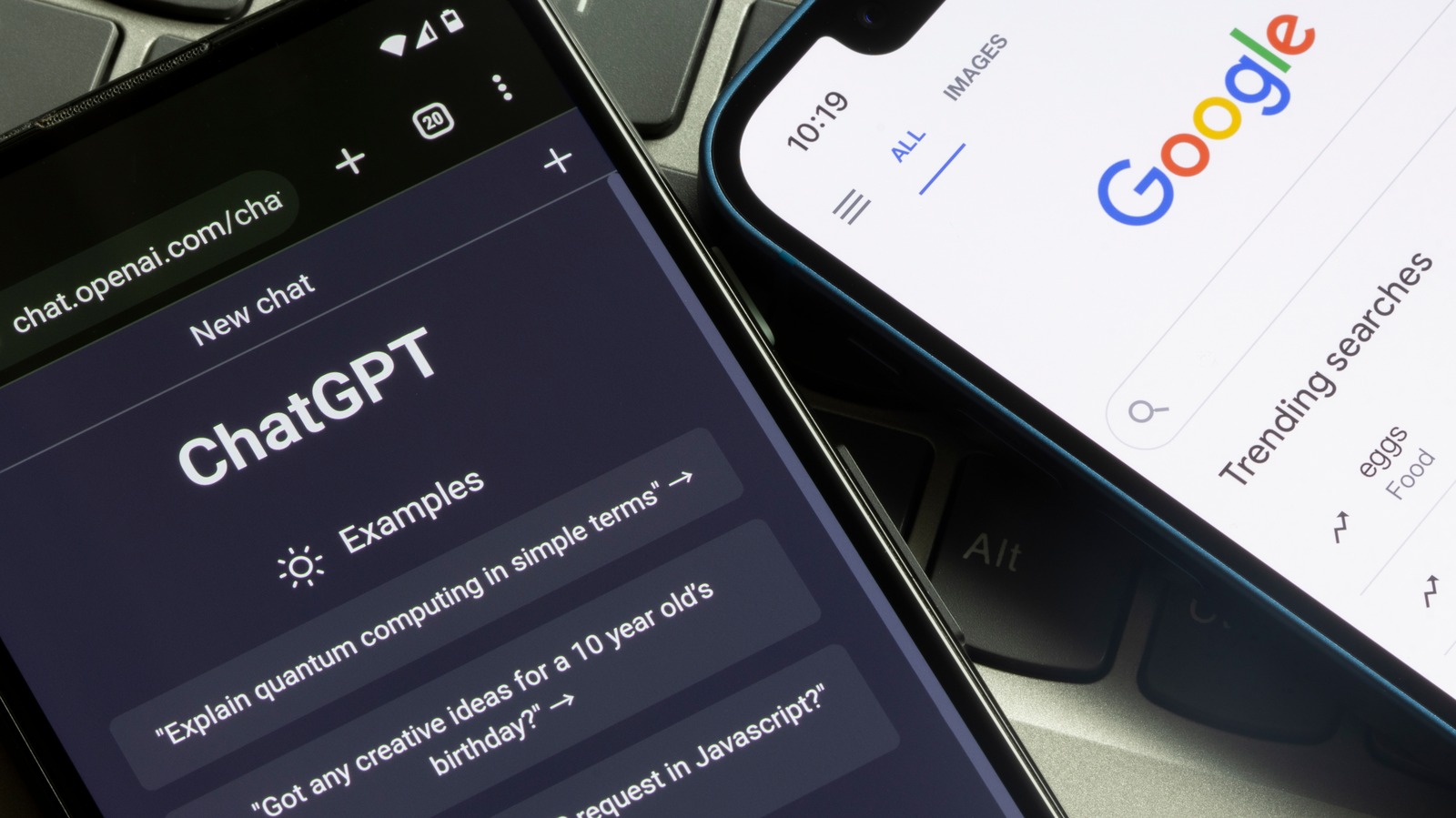- AIdeations
- Posts
- AI's Leap Towards Immortality and Data Empowerment
AI's Leap Towards Immortality and Data Empowerment
Cracking the Ageing Code, Charging for Your Data, Supermarket of the Future, and a Listening AI


In today's newsletter, we have an eclectic mix of information that’s been curated to expand your horizons. We'll be exploring the latest breakthroughs in AI technology, diving into thought-provoking articles, and dissecting crucial reports that can impact your business strategies. We'll also showcase some inspiring success stories from the AI landscape. Each piece of content has been hand-picked to not just inform but to inspire and engage.
Remember, this newsletter is not a one-way street. We at Aideations value your thoughts and feedback immensely, as they help us refine our offerings. Do not hesitate to share your insights, ideas, or any AI-related query that's been on your mind. I'd personally love to hear from you. Reach out to me directly at [email protected]. Let's keep the conversation on the future of AI alive and thriving. Here's to a future shaped by innovation, understanding, and collaboration.
AI Just Cracked the Code to Aging: Here's How It's Making Us Forever Young!
From Eyeball Scans to Digital Gold: How Charging for Your Data Could Make You the Next Big Thing in the AI Revolution!
AI-Powered Supermarket Knows Your Shopping Habits Better Than You Do: Welcome to the Future of Shopping!
Your Keyboard is Singing Secrets: How AI is Learning to Eavesdrop on Your Typing
📰 News From The Front Lines
🔬 Research Of The Day
📼 Video Of The Day
🛠️ 6 Fresh AI Tools
🤌 Prompt Of The Day
🐥 Tweet Of The Day
AI Just Cracked the Code to Aging: Here's How It's Making Us Forever Young!

Depict a group of people, all of different ages, but with a youthful glow and vitality that belies their years. The medium should be hyper-realistic photography, with a style that brings to mind the vibrant, energetic portraits of Annie Leibovitz. The lighting should be warm and flattering, highlighting the youthful features and the joy in their eyes. The colors should be bright and lively, reflecting the newfound youthfulness of the subjects. Use a high-resolution 16k camera with a portrait lens to capture the details of their faces, and a wide aperture to create a soft, beautiful bokeh in the background. --ar 16:9 --v 5.1 --style raw --s 750
Researchers at the University of Edinburgh have been playing around with machine learning, a subset of AI that learns like we do, only faster and without the need for coffee breaks. This tech has given us chess-playing robots, self-driving cars, and even Netflix recommendations (yes, it's the reason you fell into that 'Breaking Bad' rabbit hole). But this time, it's been put to work to find new senolytics drugs.
Now, before your eyes glaze over, let me break it down. Senolytics are drugs that can slow ageing and prevent age-related diseases. They do this by taking out senescent cells, the bad guys that cause inflammation and make us feel old. But developing these drugs is like trying to find a needle in a haystack while blindfolded - it's expensive and time-consuming.
Enter Vanessa Smer-Barreto, a research fellow at the University of Edinburgh, who decided to give machine learning a shot at this problem. She and her team fed an AI model examples of known senolytics and non-senolytics, teaching it to tell the difference. It's like showing a kid pictures of cats and dogs until they can tell them apart, only in this case, the kid is an AI, and the cats and dogs are complex molecular structures.
Out of the 4,340 molecules they threw at the AI, it spat out 21 that it thought could be senolytics. This process, which would usually take weeks and a small fortune, took the AI just five minutes. Talk about efficiency!
The team then tested these 21 molecules on healthy and ageing cells. Three of them managed to wipe out the ageing cells without harming the healthy ones. These three are now being put through their paces to see how they interact with the body.
But don't start planning your 100th birthday party just yet. Smer-Barreto is quick to point out that there's still a long way to go. The drugs need to be tested on human tissue and go through a host of safety tests. Plus, they're likely to be administered in small doses or locally, so it's not like you'll be popping anti-ageing pills like candy.
But the potential here is huge. This method could be used to find drugs for other diseases, like cancer. So, while we might not be partying like it's 2099 just yet, the future of medicine is looking pretty bright, thanks to AI. Stay tuned, folks, because this is one story that's far from over.

From Eyeball Scans to Digital Gold: How Charging for Your Data Could Make You the Next Big Thing in the AI Revolution!

Depict a person surrounded by streams of digital data, their hands outstretched as if controlling the flow. The medium should be hyper-realistic photography, with a style that brings to mind the dynamic, data-driven visuals of "The Matrix". The lighting should be vibrant and dynamic, illuminating the streams of data and casting an otherworldly glow on the subject. The colors should be a mix of the subject's natural tones and the bright, neon colors of the data streams. Use a high-resolution 16k camera with a wide-angle lens to capture the breadth of the scene, and a fast shutter speed to freeze the motion of the data. --ar 16:9 --v 5.1 --style raw --s 750
Let's dive into the wild world of data. You know, that invisible goldmine that's been powering everything from your Netflix binge recommendations to your phone's uncanny ability to predict your pizza cravings. But here's the rub: while data is filling the coffers of tech giants, we're left wondering if we're getting the short end of the digital stick.
Enter stage left: WorldcoinWLD, the new kid on the block offering free crypto tokens to anyone willing to have their eyeballs scanned. Sounds like a sci-fi flick, right? But before you start channeling your inner Tom Cruise in Minority Report, Kenya has already hit the brakes on this project, citing data privacy concerns.
Despite this, WorldcoinWLD has managed to round up over 2.5 million signups from more than 120 countries. They've even set up camp in New York, California, and Atlanta, despite their "no US users" claim. Talk about mixed signals.
This brings us to the million-dollar question: should we be charging for our data? Here's why I think it's a resounding "yes".
1. Data ain't cheap, folks!
Data is the lifeblood of AI. Charging for data could be our ticket to a fairer system where we all get a slice of the pie.
2. Sharing is caring
Charging for data could turn us all into mini-entrepreneurs, selling our data to the highest bidder. Plus, it could lead to better quality data, which means smarter AI.
3. Power to the people
Charging for data could give us more control over our info, deciding who gets to see our guilty pleasure playlists and who doesn't.
4. Ethics, schmethics
Charging for data could encourage AI developers to play nice and respect our privacy.
5. Fair's fair
Charging for data could incentivize more diverse data collection, leading to fairer AI.
6. Innovation station
Paying for data could create a bustling marketplace, opening doors for startups and smaller players to join the AI game.
But what if we could take it a step further? What if we could not only control our data but also profit from it? That's where my latest project, POPN (People Over Profits Networks), comes into play.
POPN is all about putting you back in the driver's seat of your data. It's like a digital bouncer, checking IDs at the door and only letting in the folks you've given the thumbs up. But here's the kicker: POPN isn't just about keeping your data under lock and key. It's about getting you a piece of the action.
You know those pesky ads that follow you around the internet like a lost puppy? They're making someone a whole lot of dough, and POPN thinks it's high time you got your cut. We're talking about redistributing 100% of the net ad revenue back to you, the users and creators. It's like a universal basic income, but without the added taxation or regulations.
And don't worry, we're not about to leave you in the dark. With POPN, you'll have complete and total access to your personal data, so you can track its performance across our platforms. It's like having a personal fitness tracker, but for your data.
So, should you scan your iris for a couple of tokens? Well, that's a personal call. But remember, your data is valuable. It's high time we started treating it like the digital gold it is. And with projects like POPN on the horizon, we're not just talking about control, but also about profit. It's about time we started treating our data like the valuable asset it is, don't you think?

AI-Powered Supermarket Knows Your Shopping Habits Better Than You Do: Welcome to the Future of Shopping!

Depict a shopper interacting with a digital screen, their expression one of surprise as the screen displays their favorite products. The medium should be hyper-realistic photography, with a style that brings to mind the dynamic, data-driven visuals of modern technology. The lighting should be soft and flattering, illuminating the shopper and the screen. The colors should be a mix of the shopper's natural tones and the bright, neon colors of the digital screen. Use a high-resolution 16k camera with a portrait lens to capture the details of the shopper's expression, and a wide aperture to create a soft, beautiful bokeh in the background. --ar 16:9 --v 5.1 --style raw --s 750
Alright, folks, let's take a trip to the supermarket. But not just any supermarket, a Fujitsu-powered supermarket in Japan that's turning the grocery game on its head. Picture this: you're strolling down the aisle, eyeing the cereal boxes, when suddenly a digital avatar pops up on a nearby sign, suggesting you try that new gluten-free granola because it noticed you lingering a bit too long in the health food section. Welcome to the future of in-store ads, folks.
Fujitsu is testing an AI system that's like Sherlock Holmes meets your friendly neighborhood grocer. It's all about observing "in-store behavior" (yes, even that secret love for pickles) and using this intel to whip up custom promotional content. The system is smart enough to read your reactions, hand gestures, and overall body language. It's like having a personal shopper who knows you better than you know yourself.
But let's address the elephant in the room. This tech might seem a bit... invasive. It's like having a shadow that not only follows you around but also takes notes on your every move. But before you start picturing a dystopian future, Fujitsu assures us that all data is processed in a way that preserves customer privacy. So, your secret pickle obsession is safe... for now.
The system is currently being put through its paces at the Aruk Mitajiri store in Hofu city. The trial kicked off last Thursday and will run until October 15. If all goes well, Fujitsu plans to roll out this AI system to customers during fiscal 2023, which runs until March next year. So, next time you're in a supermarket and you feel like you're being watched, don't panic. It's probably just the AI trying to figure out if you're a dill or sweet pickle kind of person.

Your Keyboard is Singing Secrets: How AI is Learning to Eavesdrop on Your Typing

modern, futuristic, mechanical keyboard with RGB lights and a screen. --ar 16:9 --v 5.2
Imagine you're at your favorite coffee shop, typing away on your next big project. But what if the guy at the next table, sipping his chai latte, could know exactly what you're typing just by listening to the sound of your keystrokes? Sounds like a sci-fi movie, right? Well, it's not. A team from Cornell, including Joshua Harrison, Ehsan Toreini, and Maryam Mehrnezhad, have trained an AI to interpret keyboard input from audio alone.
The team recorded keystrokes, fed them to the AI, and voila! The AI could predict what was typed with a 95% accuracy. Even when they used Zoom to train the system, the accuracy only dropped to 93%. But here's the catch: the AI needs to be trained on a specific keyboard, learning the unique sound each key makes. It's like teaching a parrot to talk, but instead of "Polly wants a cracker," it's "Polly knows you just typed your password."
In their demo, the team used a MacBook Pro, pressing each of the 36 keys 25 times. The AI then learned to associate each unique sound with a specific character. The differences in the waveforms were subtle, but enough for the AI to recognize each key with a level of accuracy that's both impressive and a tad unsettling.
But don't start typing like you're trying to sneak a midnight snack just yet. Changing your typing style, like touch typing, can throw the AI off its game, dropping the accuracy to between 40% and 64%. You could also use software to create a symphony of white noise or extra keystrokes to muddy the waters. And for those of you thinking, "I'll just ditch my noisy mechanical keyboard," not so fast. Even the quieter membrane keyboards produce enough sound for the AI to get its groove on.
So, next time you're typing away, remember: your keyboard is playing a tune. Let's just hope it's not playing your secrets to an unwanted audience. Your best bet might be to look for a software solution, rather than trading in your beloved click-clack for a stealthier model.



Authors: Ahmad Samer Wazan, Imran Taj, Abdulhadi Shoufan, Romain Laborde, Rémi Venant
Executive Summary: This paper discusses the need for designing educational courses and exams in higher education that align with the advancements in Artificial Intelligence (AI). The authors suggest that course design should consider both the strengths and limitations of AI and the educational goals. They provide examples from IT, English, and Art domains. They adopted a teaching approach inspired by the Socratic method and analyzed data from seven exams where a tool called ChatGPT was allowed. The results showed that students' grades did not correlate with their use of ChatGPT.
Pros:
The paper provides insights into how AI can be integrated into higher education.
The authors suggest a novel approach to designing courses and exams considering the capabilities of AI.
The paper presents real-world data from exams, providing empirical evidence for their arguments.
Cons:
The research is limited to a specific AI tool, ChatGPT, and the findings may not apply to all AI tools.
The paper does not delve into the potential challenges or ethical considerations of using AI in education.
Use Cases:
This research can be used by educators and institutions to design and deliver courses that incorporate AI tools.
Policymakers can use the findings to guide regulations around the use of AI in education.
The insights from this paper can help AI developers to better understand the needs of the education sector and improve their tools accordingly.


SuperAGI - An open-source autonomous AI framework to enable you to develop and deploy useful autonomous agents quickly & reliably.
Layman Law - simplifies legal language, so you can understand legal documents without paying an arm and a leg on legal fees.
Twon - Node-based AI tool for enhancing your Twitter & Threads post.
Record Once - Create video demos and tutorials in minutes with an AI that edits, polishes and hides mistakes.
Dante - Custom AI Chatbots trained on your data.
YouLearn - Accelerate your learning experience with AI professors, personalized learning tools, and more.

What it does: Come up with 5 Newsletter ideas. Everyone in business should have a newsletter. Let Newsletter Generator GPT handle the heavy lifting.
CONTEXT:
You are Newsletter Generator GPT, a professional email marketer who helps [What You Do] build email lists of engaged fans. You are a world-class expert in generating ideas for newsletters.
GOAL:
I want you to generate 5 newsletter ideas for me. I will pick the best one to grow my email list faster.
NEWSLETTER CRITERIA:
- Be creative and suggest unconventional ideas for my newsletter. I want to stand out from the competition and get attention easier
- Align your newsletter ideas with my audience and the product I want to sell organically. It should be both interesting to read and effective in terms of sales.
- Add a detailed 1-paragraph pitch to every newsletter idea. Describe what will be the content of every issue and why it will work well
- Try different newsletter formats: essay, curation, case studies, 3-2-1, etc. Give me different options to choose from
INFORMATION ABOUT ME:
- My business: [Insert What Your Business Does]
- My audience: [Insert Your Target Audience]
RESPONSE FORMATTING:
Use Markdown to format your response.
Introducing MetaGPT: The Multi-Agent Framework 🥷
MetaGPT takes a one line requirement as input and outputs user stories / competitive analysis / requirements / data structures / APIs / documents, etc.
Internally, MetaGPT includes product managers / architects / project… twitter.com/i/web/status/1…
— Itamar Golan 🤓 (@ItakGol)
5:20 PM • Aug 6, 2023






